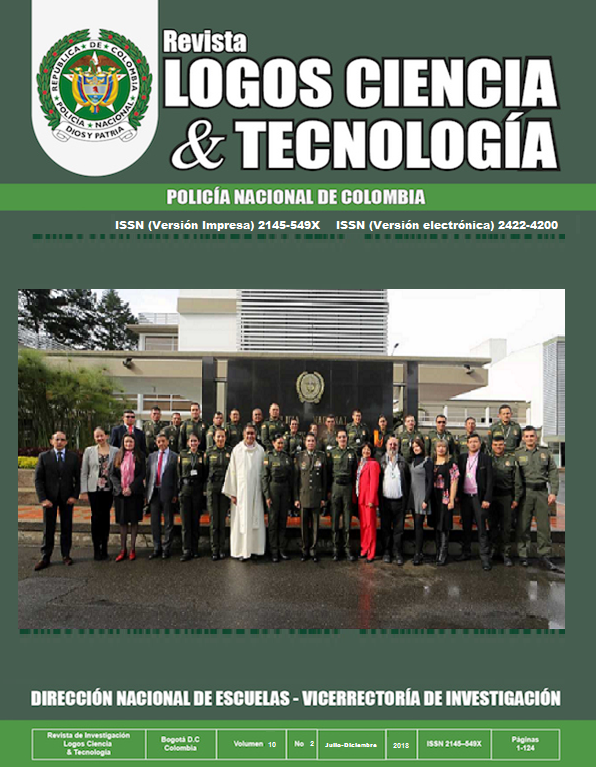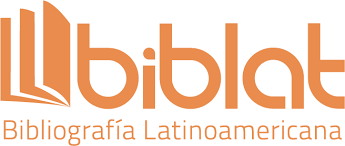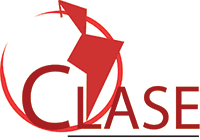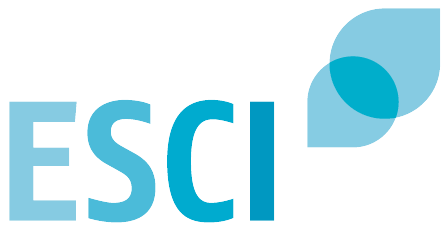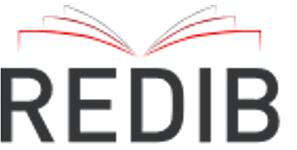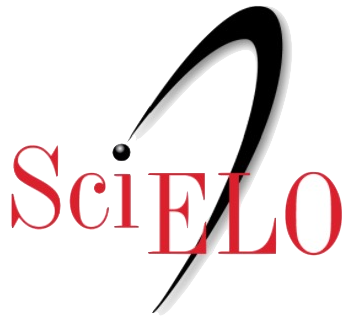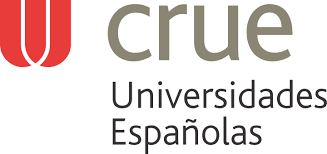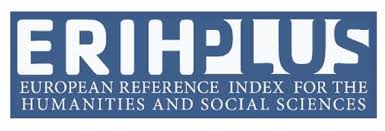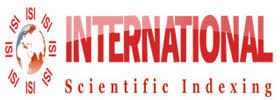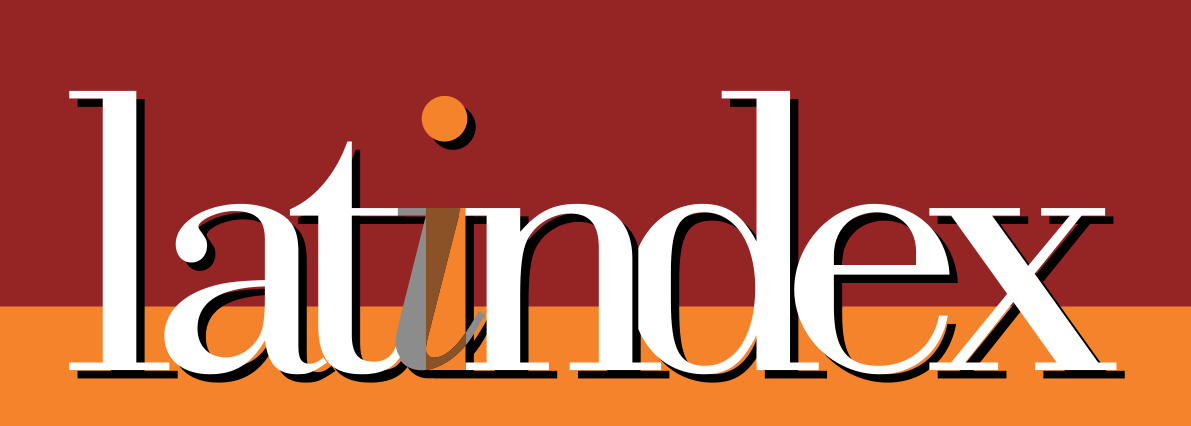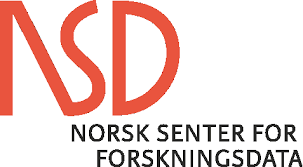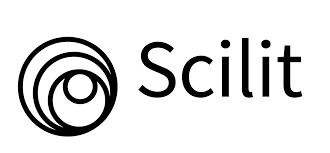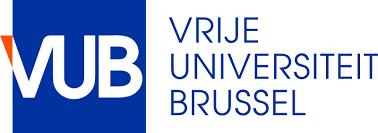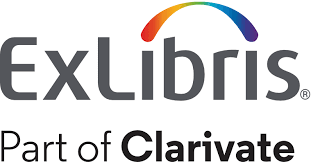The integral's superstructural stage
DOI:
https://doi.org/10.22335/rlct.v10i2.576Keywords:
quadratures, epistemology, history of mathematics, integralAbstract
The objective of this paper is to show the transition period in which the problem of finding the squaring of a flat figure was possible to formalize it through the concept of mathematical integral. To understand this formalization, a historical analysis of the evolution of the concept of integral will be discussed, and a new phase will be proposed in the constitution of the concept of integral, called the superstructural stage of the integral.
Downloads
References
Bernoulli, J. (1691). Lectiones Mathematicae de Methodo Integralium. Johannis Bernoulli Opera Omnia, 385-558.
Bobadilla, M. (2012). Desarrollo conceptual de la integral y la medida: un tránsito entre lo geométrico y lo analítico. Tesis doctoral. Cali: Universidad del Valle.
Caraballo, R. M., Rico, L., & Lupiáñez, J. L. (2013). Conceptual changes within the theoretical framework of PISA: The case of mathematics. [Cambios conceptuales en el marco teórico competencial de PISA: El caso de las matemáticas] Profesorado, 17(2), 225-241
Cauchy, A. L. (1821). Cours d’analyse de l’ecole royale polytechnique. París: de Bure.
Dhombres, J. (1980). Mesure et continu. Nantes: CEDIC.
Edwards, J. T. (1982). The historical development of the calculus. New York: Springer-Verlag.
Grattan-Guiness, I. (1982). From the calculus to set theory 1630-1910. Madrid: Alianza.
Hawkins, T. (1970). Lebesgue's theory of integration. New York: Chelsea Publishing Company.
Lesh, R., & Landau, M. (1983). Adquisition of Mathematical Concepts and Processes. New York: Academic Press.
Londoño, R. (2011). La relación inversa entre cuadraturas y tangentes en el marco de la teoría de Pirie y Kieren. Tesis doctoral. Medellín: Universidad de Antioquia.
Michel, A. (1992). Constitution de la théorie moderne de l'intégration. París: Librairie philosophique J. Vrin.
Moran, D. S. (2014). De la integral como herramienta a la integral como noción formal. De las cuadraturas a la integral de Cauchy. Tesis de licenciatura. Cali: Universidad del Valle.
Piaget, J. (1970). Genetic Epistemology. New York: W. W. Norton.
Pier, J. P. (1996). Histoire de l'intégration. París: Masson S.A.
Recalde, L. (2007). Las raíces históricas de la integral de Lebesgue. Matemáticas: enseñanza universitaria, 103-127.
Romero, J. G., & Batallanos, V. A. Q. (2016). Consent with the other in the interpretation of mathematical understanding. [El Consentimiento con el Otro en la Interpretación de la Comprensión en Matemáticas] Bolema - Mathematics Education Bulletin, 30(55), 625-648. doi:10.1590/1980-4415v30n55a16
Sfard, A. (1991). On the dual nature of mathematical conceptions: Reflection, processes and objects as different sides of the same coin. Educational Studies in Mathematicas 22, 1-36.
Skemp, R. (1971). The psichology of learning mathematics. England: Penguin books.
Zalamea, F. (2009). Filosofía sintética de las matemáticas contemporáneas. Colombia: Universidad Nacional de Colombia.
Downloads
Published
Issue
Section
License
This journal provides free and immediate access to its content (https://creativecommons.org/licenses/by/4.0/legalcode#languages), under the principle that making research available to the public free of charge supports greater global knowledge exchange. This means that the authors transfer the Copyrights to the journal, so that the material can be copied and distributed by any means, as long as the authors’ recognition is maintained, and the articles are not commercially used or modified in any way.
